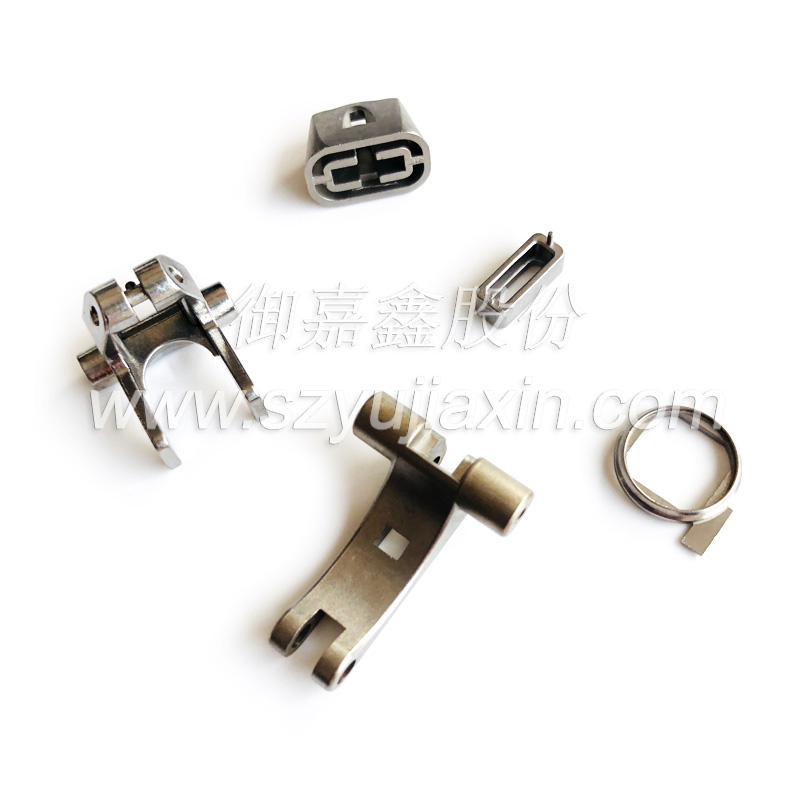MIM is one of the more popular production processes in China in recent years, and many precision components are made by this process. So what issues need to be paid attention to when designing MIM workpieces?
Thickness: When designing MIM workpieces, it is best to design the thickness of each part consistently so that the flow performance can be uniformly attached to the mold cavity during injection. This will prevent inconsistent shrinkage rates during the debinding process, which can cause workpiece defects. For example, during debinding, workpieces with different thicknesses will have different dimensional expansion, which can affect the stability of the final product.
Draft angle: When the workpiece has blind holes with a depth greater than 1cm, it is prone to demolding defects. This is because the contact area between the mold workpiece and the injected workpiece is large, and the resistance caused by friction can easily tear the contact surface. To address this issue, the draft angle should be appropriately increased based on the depth of the draft.
Sintering support: When some parts of the workpiece are not supported, they may sag due to gravity during the debinding or sintering process. Therefore, it is necessary to design the support seats directly during the design process so that the workpiece can be placed stably to avoid deformation caused by product tilt during the sintering process.
Fusion line: When designing some annular components, it is necessary to avoid the design of patterns on the annular workpiece. Consider the overlap of the workpiece with another part after entering the mold cavity from the gate. Due to the lower temperature before the material is injected, the two ends may not completely fuse when they overlap, often forming a fusion line.
Hole direction: MIM workpieces can have holes in the X, Y, and Z axes. Among them, the Z-axis holes are easy to form, while holes in other directions require slider forming. Therefore, it is best for the holes to be straight and aligned with the switch direction of their axes to avoid increasing production costs.
Since the design of MIM workpieces is related to the difficulty of the processing technology and the quality of the workpieces, it is necessary to fully consider the usage performance and design structure of the finished product during the design process to ensure the quality of the MIM workpieces.
